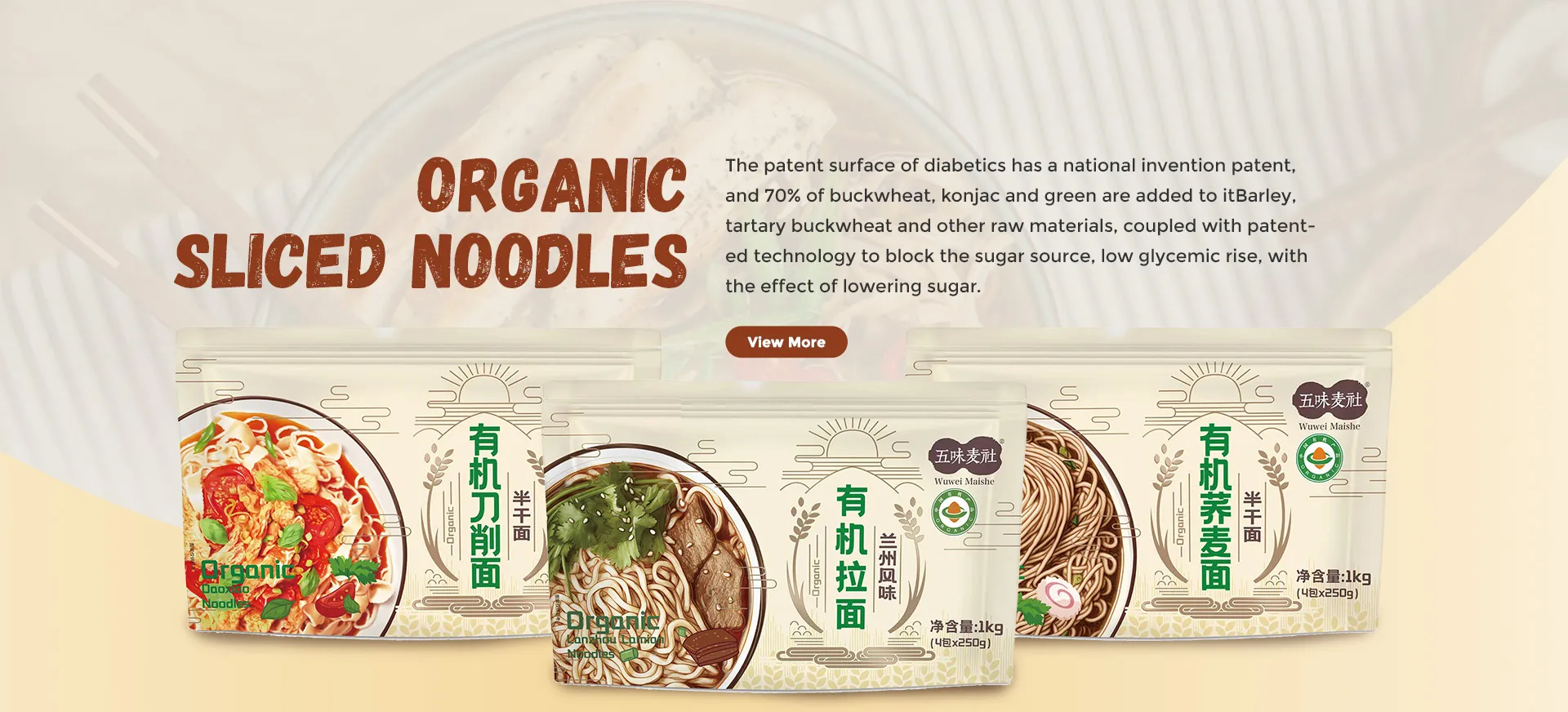A New Perspective on Soba Noodles and Their Cultural Significance
The Delightful World of Soba A Noodle Lover's Paradise
Soba, the beloved Japanese buckwheat noodle, has captured the hearts and taste buds of many around the world. Its unique texture, nutty flavor, and versatility in dishes make it a cherished staple in Japanese cuisine. Originating from Japan, the term “soba” translates to “buckwheat” in English, although these noodles can be made entirely from buckwheat flour or blended with wheat flour. This article will delve into the rich history, nutritional benefits, and delightful ways to enjoy soba, revealing why this humble noodle deserves a spot in our culinary repertoire.
Historically, soba has a deep-rooted connection to Japanese culture. The Edo period (1603-1868) is often cited as the time when soba gained prominence, especially in Tokyo, then known as Edo. Street vendors selling soba became a common sight, and its popularity soared due to its quick cooking time and affordability. Traditionally served either hot in a broth or chilled with a dipping sauce, soba has evolved into a versatile dish, with numerous variations springing up across the country.
One of the primary reasons for soba’s enduring popularity is its nutritional profile. Buckwheat is high in protein compared to other grains, making it an excellent option for vegetarians and vegans. It also contains essential amino acids, antioxidants, and a rich supply of vitamins and minerals, including manganese, magnesium, and dietary fiber. This combination not only supports heart health but also aids in digestion. Additionally, buckwheat is gluten-free, making soba a suitable choice for those with gluten intolerances or celiac disease, enhancing its appeal in modern diets.
soba

Soba can be enjoyed in a myriad of ways, allowing for creativity in the kitchen. One of the most popular methods is serving it cold, particularly in the summer months. Chilled soba, known as “zaru soba,” is typically served on a bamboo mat with a dipping sauce called “tsuyu,” made from soy sauce, mirin, and dashi. Diners dip the soba noodles into the sauce, allowing for a refreshing, savory experience. To enhance the flavor, toppings such as chopped green onions, wasabi, or grated daikon can be added.
In contrast, during colder months, hot soba soup becomes a comforting dish. “Kake soba,” served in a hot broth, is a warm embrace on a chilly day. Various ingredients can be added to the broth, including tempura, mushrooms, and seasonal vegetables, transforming simple noodles into a hearty meal. Soba can also be incorporated into salads, stir-fries, and even sushi, showcasing its adaptability and fit for various occasions.
In recent years, soba has gained global recognition, with restaurants and home cooks alike embracing this delicious noodle. Foodies have begun experimenting with fusion dishes, integrating soba into Mediterranean or even Mexican cuisines, demonstrating that the possibilities are truly endless.
In conclusion, soba noodles represent more than just a culinary delight; they embody a rich cultural history, remarkable nutritional benefits, and an endless avenue for creativity. Whether one prefers them cold and refreshing or hot and comforting, soba offers a unique taste experience that speaks to both tradition and modernity. As the world continues to embrace diverse cuisines, soba stands as a testament to the beauty of simplicity, flavor, and the joy of sharing food with others. So next time you find yourself in the mood for something different, consider giving soba a try — your taste buds will thank you!
-
Unlock the Delicious Potential of Yam NoodlesNewsAug.11,2025
-
The Authentic Taste of Lanzhou NoodlesNewsAug.11,2025
-
Savor the Art of Hand Pulled NoodlesNewsAug.11,2025
-
Indulge in the Timeless Delight of Spaghetti BologneseNewsAug.11,2025
-
Indulge in the Rich Flavor of Braised Beef NoodlesNewsAug.11,2025
-
Elevate Your Meals with the Magic of Fresh PastaNewsAug.11,2025
-
Unleash Your Inner Chef with Delectable Italian Pasta CreationsNewsAug.01,2025
Browse qua the following product new the we

















































































































